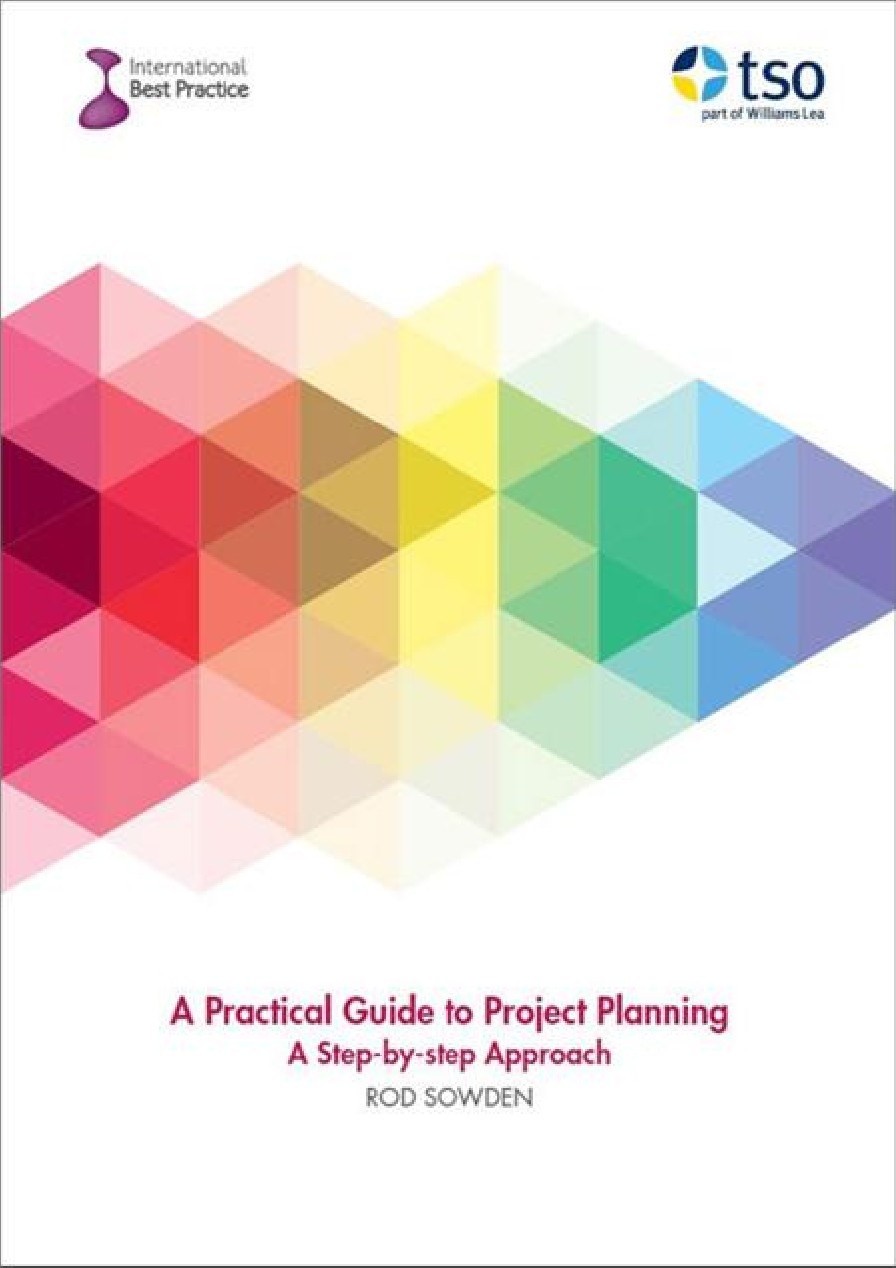eLearning Log in
Login here using your username and password
How do I establish project objectives?
Introduction
At the outset of the project there is often ambiguity about what is going to be achieved, and working to clear the ambiguity is a key aspect of the project early in the lifecycle. This will require engagement at a number of levels.
The project sponsor will need to clarify the strategic context and constraints within which the project should deliver. These will provide the top-level objectives resulting from the discussions with the stakeholders.
Among all the information it is sometimes easy to lose sight of the project’s purpose, so it is often helpful to have some simple statement, sometimes called a charter, vision or a mission. For example:
‘The aim is to improve the quality of our project planning to increase the levels of successful delivery and reduce the unwanted costs of project delay.’
Tip
If the project is part of a programme, the requirements should be linked to the programme blueprint, which defines the capability required or provides the full details.

This extract has been reproduced with permission from A Practical Guide to Project Planning, TSO 2016. If you’d like to read more you can purchase the copy of the book here.
Objectives can come from many sources but the following can be used as a guide to categorization:
- Strategic objectives: The objectives that drive the need for the project. They may be linked to the corporate objectives, meet a legislative requirement, deal with service weaknesses, or be in response to competitor behaviour or a policy decision that needs to be implemented. Work to define the benefits of these objectives may already have been undertaken and should be captured.
- Operational objectives: These are objectives that are driving the business need for the project at an operational level. They are likely to reflect the need for greater efficiency or to improve the quality of services that are being delivered. The objectives may have been defined as part of the development of the benefits, so there may be specific objectives that the operations will need to meet to satisfy the benefit.
- Project objectives: These objectives are linked to the internal performance of the project or are specific to the way the project will operate (e.g. in the way that it approaches the development of options or manages a major obstacle). Other project objectives should reflect the compliance with corporate standards and how the project will achieve effective delivery. Projects are often assessed against delivery performance to targets for time, cost and quality – often extended to include delivery of scope within risk tolerance, modified by sensitivity to benefits in the business case.
Many projects appear to fail because this holistic view of what is required has not been captured through the objectives.
Projects can be successful in term of delivering to time, cost and quality constraints, but then fail due to poor transition into the business. A few examples are given in the list below:
- The Channel Tunnel ended up with excessive expenses but was an operational success
- The Wembley Stadium project was late and over budget, but the objective of an excellent venue for English football was achieved
- The building of Heathrow Terminal 5 was a huge project success that failed to be implemented into service, resulting in enormous damage to the reputation of BA and Heathrow Airport Holdings Limited.
Projects, like organizations, do not exist in isolation from the real world where there is a constantly changing environment. The project team cannot control events, but it should be aware of changes that may affect its ability to deliver. The word PESTLE is often used as a reminder of external factors to consider:
- Political: Internal politics within your organization as well as local and national politics
- Economic: The state of local, national or international economies and markets that you operate in
- Societal: Trends in society that may affect your project in terms of attitudes and priorities
- Technological: Advances that could render your project redundant or offer opportunities that you had not expected
- Legislative: Changes to your sector or markets that may affect your project or organization positively or negatively
- Environmental: Impact of changes on the environment in which you operate.
As an example, at the start of 2015, a major reduction in oil price (driven by economic downturn globally, and oversupply of oil, partially due to unrest in the Middle East and between Russia and Ukraine) led to the cancellation of significant capital projects within the oil industry but provided opportunities for companies in terms of reduction in transportation costs.
Technique
Weak, ambiguous or unrealistic objectives will set unrealistic expectations of what can be achieved by the project, the business operations or the organization. Therefore, they should not be subjective. Ideally, objectives should also be SMART:
- Specific to the project
- Measureable to prove success
- Achievable, as agreed with key stakeholders and within the ability of the project to deliver
- Realistic in the context of the time and budget available
- Time-bound so that specified expectations of when results are achieved are met.
To capture and confirm the objectives for the project, use a table that includes columns for the objective and its description, together with date, owner, type and measure.
Example
The table below is a simple example of each type of objective and how it might be measured for the project planning training course. Such a table will provide solid direction on which to base your project and identify what your plan will need to achieve.
Examples of objectives for the planning training course project.

This extract has been reproduced with permission from A Practical Guide to Project Planning, TSO 2016. If you’d like to read more you can purchase a copy of the book here
